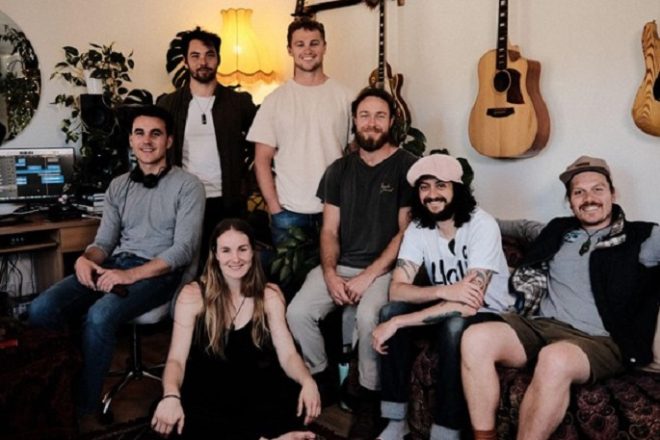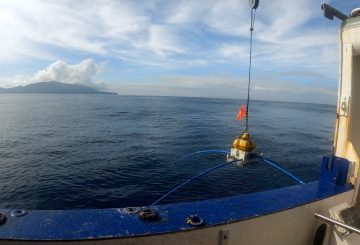The New Zealand Olympic Team has collaborated with Wellington band TOI to create an inspiring anthem, ‘Ain’t Just Dreaming’, featuring Olympians Ellesse Andrews and Max Brown. The song is a modern soul tune with a touch of classic New Zealand flavor, intended to inspire athletes participating in the Paris 2024 Olympic Games and New Zealanders in general.
The idea for ‘Ain’t Just Dreaming’ was conceived by Olympic Cycling Silver medalist Ellesse Andrews, Tokyo 2020 Olympian Max Brown, and the New Zealand Olympic Committee. They wanted to write a song that would resonate with their fellow athletes. Max, who studied music at Jazz School in Wellington with some members of TOI, knew exactly who to approach to help bring the song to life.
TOI, known for their blend of soul and reggae, then worked on the song, adding their signature sound and style. Max and Ellesse were invited to TOI’s studio in Wellington for a weekend of recording with producer Neil MacLeod. Max, who plays guitar on the song, and Ellesse, who sings backing vocals, were both moved by the final product.
‘Ain’t Just Dreaming’ is a soulful, uplifting song that encapsulates Max and Ellesse’s journey as world-class athletes. However, the song is also relatable to anyone who experiences pressure, according to Max. The song will be available for general airplay and on all streaming platforms. It will also be played at New Zealand Team functions at the Paris Olympic Games to inspire the athletes.
In July and August 2024, about 180 New Zealand athletes will compete at the Paris 2024 Olympic Games, which will host 10,500 athletes from 206 nations. The New Zealand Team will participate in various sports, including equestrian, rowing, rugby sevens, swimming, canoe sprint, sailing, athletics, cycling, and more. New urban sports such as skateboarding, sport climbing, breaking, and 3×3 basketball will also be featured.





























































